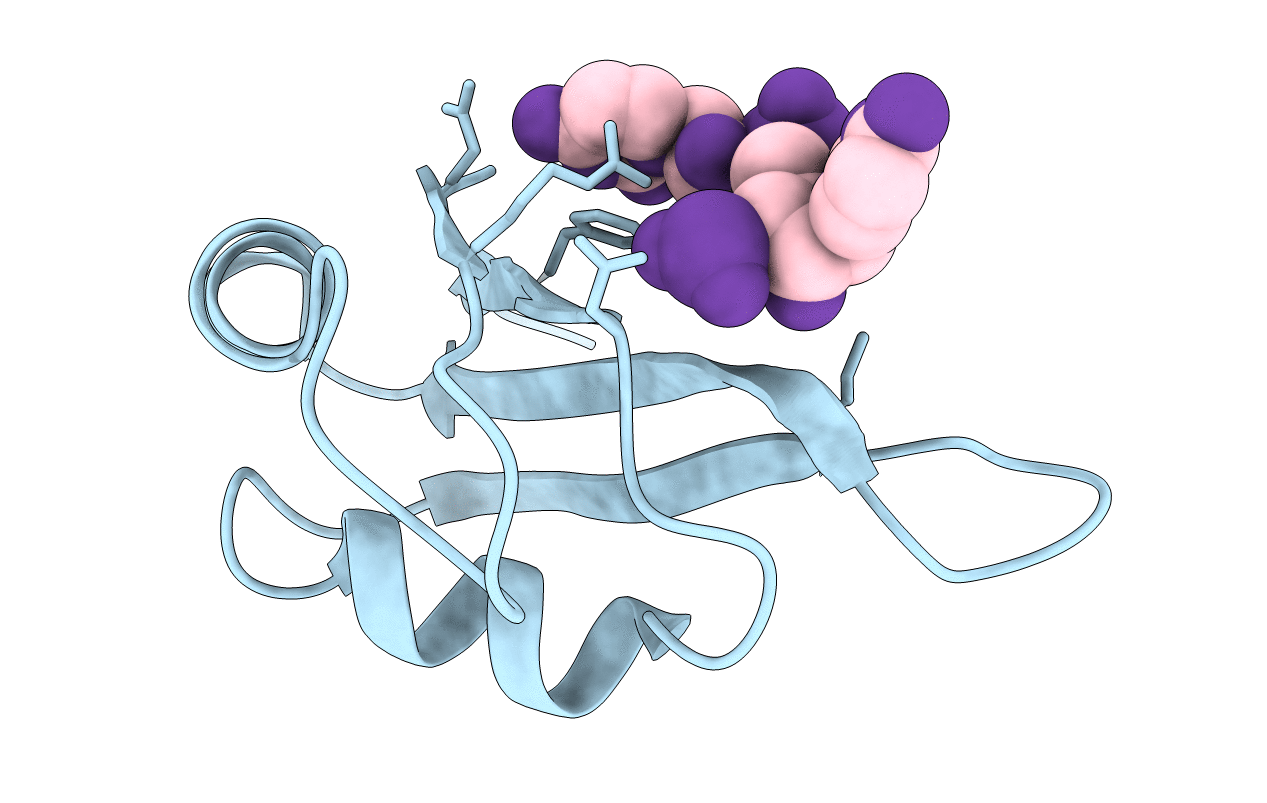
Deposition Date
2017-05-24
Release Date
2017-07-05
Last Version Date
2024-01-17
Entry Detail
PDB ID:
5O3J
Keywords:
Title:
Crystal structure of TIA-1 RRM2 in complex with RNA
Biological Source:
Source Organism:
Homo sapiens (Taxon ID: 9606)
Host Organism:
Method Details:
Experimental Method:
Resolution:
2.97 Å
R-Value Free:
0.31
R-Value Work:
0.25
R-Value Observed:
0.25
Space Group:
P 65


